Isn’t it fascinating that the greatest spiritual energy is anchored at mountains or mountain ranges. The Himalayas, the oldest and most magnificent of ranges, have the greatest quantum. The Arunachala hill at Tiruvannamalai, the abode of Arunachaleshwarar and the saint, Ramana Maharshi, is another such.
Machu Picchu in Peru, Uluru in Australia, Mount Shasta in California, Mount Olympus in Greece and Mount Fuji in Japan are also sacred mountain peaks.
The most mysterious and enchanting is, of course, Mount Kailash, the abode of Shiva, nestled in the lap of the mighty Himalayas.
Shiva, the Adiyogi. I read somewhere that if the Gods were on Instagram, Shiva would have the largest following. He’s literally and figuratively the coolest dude (forgive me for sounding blasphemous)! Living in the cold Himalayas with the river Ganges flowing from his head. The Adiyogi with his six pack abs, dreadlocks, superb dancing skills and being a feminist to boot is undoubtedly very magnetic and attractive. Most women will find him irresistible especially since he is an avowed “one woman” man. So, a combination of Shiva and Mount Kailash, his abode, makes the attraction doubly so.
Kailash is worshiped in equal measure by Hindus, Buddhists, Jains and the followers of Bon, the ancient Tibetan spiritual tradition. For the Hindus, it is the home of Shiva, the god of destruction. The Buddhists revere it as the home of Buddha Demchok, the god of supreme bliss. The followers of the Bon religion believe that all spiritual power is anchored here. It is believed that Rishabhadeva, the creator of Jainism, attained nirvana on this mountain. Is is evident that at least two of the five major religions in the world hold this holy mountain in the greatest reverence(also read the best places of worship of Jainism).
Legend has it that no human has ever been able to climb Kailash, except for Milarepa, the Tibetan Buddhist yogi. This is the only mountain in the world that no one would dare to climb as it would be sacrilegious and a desecration.
There is a mythological tale about Shiva and Ravana, arguably the greatest devotee of Shiva. Once, while composing the Shiva tandava stotram, Ravana walked all the way from the south to Kailash and, in a trance, started to climb the mountain. One of Ravana’s many positive qualities was his absolute devotion towards Shiva. The Shiva tandava stotram, with 18 stanzas, is a complex composition with a very complex wordplay since Ravana was also a highly accomplished scholar. Shiva, who is easily pleased, was enraptured with the hypnotic stotram but Parvathi was disturbed at the intrusion of their privacy. When she informed Shiva about this, he kicked Ravana down the south face of the mountain. This is the mythological reason for the ridge on the south face. Whatever be the legend, there is no doubt that Kailash is indeed the abode of the mighty Shiva.
The four faces of the pyramid shaped mountain face the four directions and are supposed to be made of precious gems and metals – west face (ruby), south face (lapis lazuli), north face (gold) and the east face (crystal). With satellite imagery we are now aware that many exquisite sculptures and huge carvings are there on Mount Kailash. The NASA satellite view actually revealed the face of Shiva on the mount!
Four major rivers, with long courses, are believed to originate from Kailash Mansarovar – the mighty Brahmaputra, Indus, Sutlej and Karnali.
I have been obsessed with Mount Kailash for decades now. It all started with this book by Tracey Aysson, “Dying and living in the arms of love: One woman’s journey around Mount Kailash”. She, a clinical psychologist and practising Buddhist, received a “call” to visit Mount Kailash. This was not just any ordinary call – it was a call to circumambulate the sacred mountain by doing prostrations (sashtanga namaskarams/ dandvat pranams)! The conventional circumambulation is called a “kora” and she set out to do a “kora” with prostrations. Armed only with a leather apron to protect her body and an indomitable will. Imagine that!
She writes in her book after her return “I am returning, more mature, more open, less knowing, more conscious, more loving, more humble, and more confident. At last, the first glimmers spill over the horizon that is me. It has taken so long to come home. In October 2007, I returned from my second trip to Tibet, Eastern Tibet this time. I realized that I needed to bring closure to my first trip and to finish closing the circle. The circle is inside me. It is the circle of my word, the circle of how I live my life, of how present I am in my moment, of how open my heart is. Mount Kailash was an enormous, diamond-studded door through which I stepped. And now, the opening will not stop. Door after door opens, drawing me deeper into the heart of love, devoured and comforted in the infinite heart of love that is Kailash, that is Tibet, and that is me”. What a beautiful spiritual experience it must have been!
A pilgrim’s circumambulation of the sacred mount is considered to be the closing of a life cycle, the completion of the “mandala” through which one comes in contact with the divine forces. At the center of the mandalas is Mount Kailash, the axis mundi, the cosmic axis. This is the place where heaven meets Earth and this fact, supposedly, is borne out by Google Maps. The staircase to heaven, so to speak. This is the circle that Aysson refers to.
Milan Rakocevic in his book “Holy Mount Kailash – A pilgrimage in Tibet” says that he’d gone to hear a talk by the renowned mountaineer, Heinrich Harrer (author of the book “Seven years in Tibet”) prior to his personal journey to Mount Kailash. That particular night Harrer said that no one should go to Tibet in a hurry – that it is only possible to get there if one’s whole being is completely ready for such an experience and if one’s karma has been fulfilled. Rakocevic says that there are very few places on Earth comparable to the mysterious, stunningly beautiful and completely isolated Mount Kailash, which lies well hidden in a remote and deserted region of western Tibet.
In the valley beneath Mount Kailash, there are two large, utterly beautiful, sacred lakes – Manasarovar, representing the feminine principle, complementing the mountain representing a “lingam”, and Rakshas Tal. The two lakes represent the relationship between light and darkness. One is placid while the other is turbulent. One is yin and the other yang.
For the longest time, I have wanted to visit Mount Kailash, the abode of the Gods, and do the parikrama. I think this yearning, as there is no other word for it, must be from across lifetimes for it is constant and ever present. It is almost as if the holy mountain is beckoning me but the time is yet to come. You know what they say, one must have an karmic entitlement to be able to circumambulate this “holiest of holy” mountains. Someone once said that to see this holy mountain “is not only the highest honour but also the beginning of a completely new spiritual life, a unique passage through the entire cycle of life and death”.
I understand that there are three parikramas around the holy mountain – first, the outer kora, which is undertaken by most pilgrims and is the easier of the first two. It is a three day and 56 km journey. The second is the inner parikrama/ kora, a 34 km long tough trek that only very expert hikers can complete. The third, the core, parikrama is limited to the Gods!!
Spiritually it is believed that only after doing 13 outer parikramas can one get entry to the inner one. A person who has done this is cleansed of all sins. One needs to do the inner kora 108 times to get a straight passage to nirvana. If one does the math, then a minimum of two circumambulations in a year, assuming the average “active” life span of a human to be roughly 50 to 60 years, is needed to obtain nirvana :)! Not to mention the fact that one needs to be very fit in order to do the inner kora.
During the outer parikrama, the highest point is the Drolma La pass at 18,200 feet. My cousin and I have been planning this trip for years. I told her that we should be ready to accept the fact that we may not survive the trek considering our physical fitness (or lack of it). Both of us are absolutely fine with the thought. To make the transition in such a sacred land would be the greatest way to go.
I write this post in the fond hope that I will get to do the parikrama in this lifetime of mine. I would love to step through the “enormous diamond studded door that is Mount Kailash”! Que sera sera.
Those of you who have been to Mount Kailash are truly blessed.
P. S: I have borrowed the technical details from the literature that is available on Mt. Kailash. There are sources for whom I could not give credit due to non availability of names. I have paraphrased the borrowed content. Further, though all photographs of Mount Kailash are gorgeous, the Isha foundation wallpapers of this sacred mountain are truly beautiful beyond description.
I had erroneously referred to the symbol “om” being formed naturally by snow on Mount Kailash. This was pointed out, very kindly, by one reader. I have deleted that line from the original post.
My pranams at the lotus feet of Gurudev!

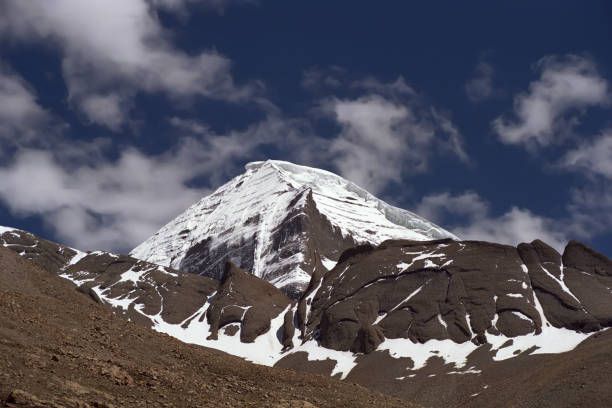
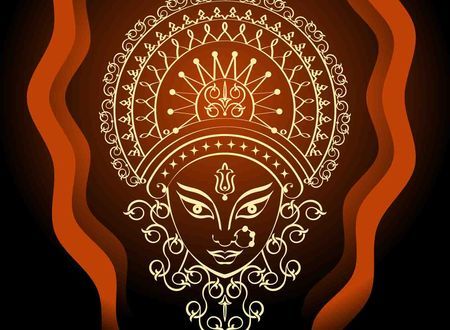
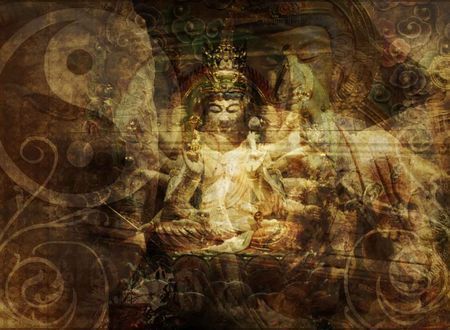
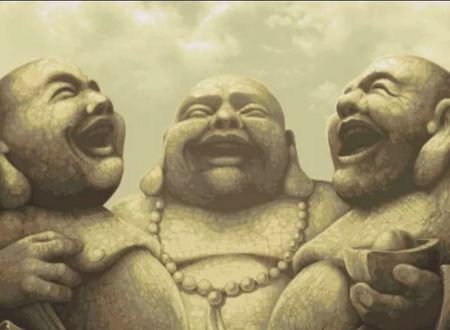
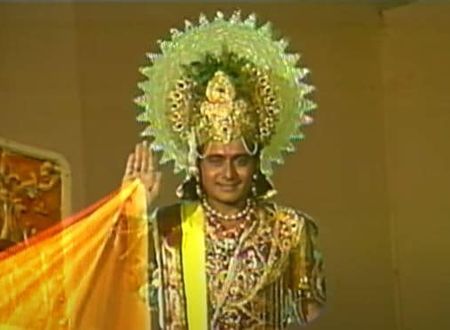



Comments & Discussion
13 COMMENTS
Please login to read members' comments and participate in the discussion.